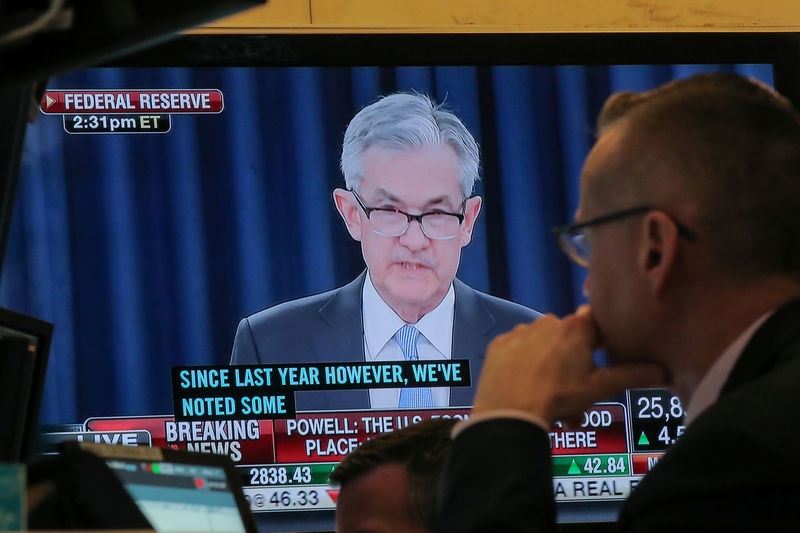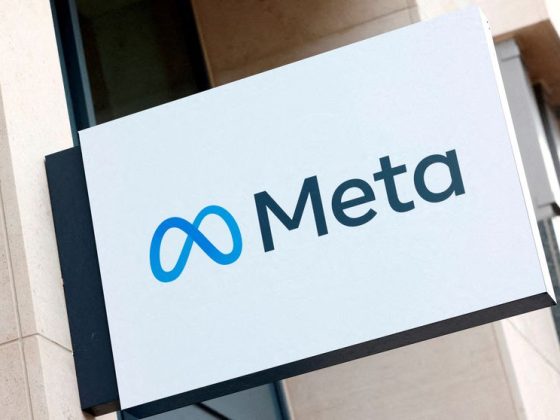Investing.com — The Federal Reserve is expected to lower interest rates on Wednesday for the first time in over four years, reversing the restrictive measures put in place to control inflation. However, there is ongoing debate over the size of the rate cut.
Their decision on how to begin this easing cycle – just under two months before a closely contested U.S. presidential election – will likely depend more on the message that Chair Jerome Powell and the Fed policymakers want to send as they shift from the highest interest rates in 25 years, rather than on immediate macroeconomic concerns.
A half-percentage-point cut, now seen as having over a 60% probability in futures markets, would signal the Fed’s commitment to maintaining economic expansion and job growth, which Powell has emphasized as a priority, with inflation nearing the 2% target.
On the other hand, a quarter-percentage-point cut would be more in line with how the Fed typically begins easing cycles outside of a crisis. This approach would reflect policymakers’ cautious stance and align with economic data showing a slowdown, though not an imminent downturn.
What strategists say about the upcoming rate decision
As mentioned earlier, the Fed will implement its first rate cut in years on Wednesday, but it is the magnitude of the move that has been a matter of debate in recent weeks.
Here’s what some strategists have said leading up to the September Federal Open Market Committee (FOMC) meeting.
Deutsche Bank: “We expect the Fed to cut rates by 25bps at the September FOMC meeting. There are strong arguments for and against this action. While there is a compelling risk management case to support a larger move, Fed communications before the blackout period and the balance of data do not clearly argue for a larger cut.”
ING: “We fully buy into the argument for the Fed moving policy back to neutral swiftly and expect Fed Chair Jerome Powell to push the case for a 50bp cut tomorrow. However, the issue is whether the other FOMC members are as certain. An economy growing at 2.5-3% with low unemployment, inflation above target and equities at all-time highs suggests there will be large pockets of resistance, which makes the outcome tomorrow a coin toss.”
Macquarie: “The calls for a -50bp cut do have a basis in the data – that is, the deterioration in labor-market activity in the US. That’s seen most strikingly by the dearth in hiring, which is causing labor-market indicators to look like the US economy is slouching toward a recession. Indeed, if the trend in those indicators is extended, the economy would go into a recession. Monetary easing can repair this, but FOMCers may conclude that a -50bp hike is an excessive way to signal the start of an easing cycle in which indicator levels are not in a recessionary range yet, even if the trend is adverse.”
Bank of America: “A 25bp cut would send the message to markets that the Fed is in control of its own message. Chair Powell could deliver a dovish message that emphasizes data dependence and leaves the door open for larger cuts starting as early as November, if warranted by the data. We think this option would make the Fed’s life easier in the long run, even if it leads to significant financial tightening in the near term. No pain, no gain.”


